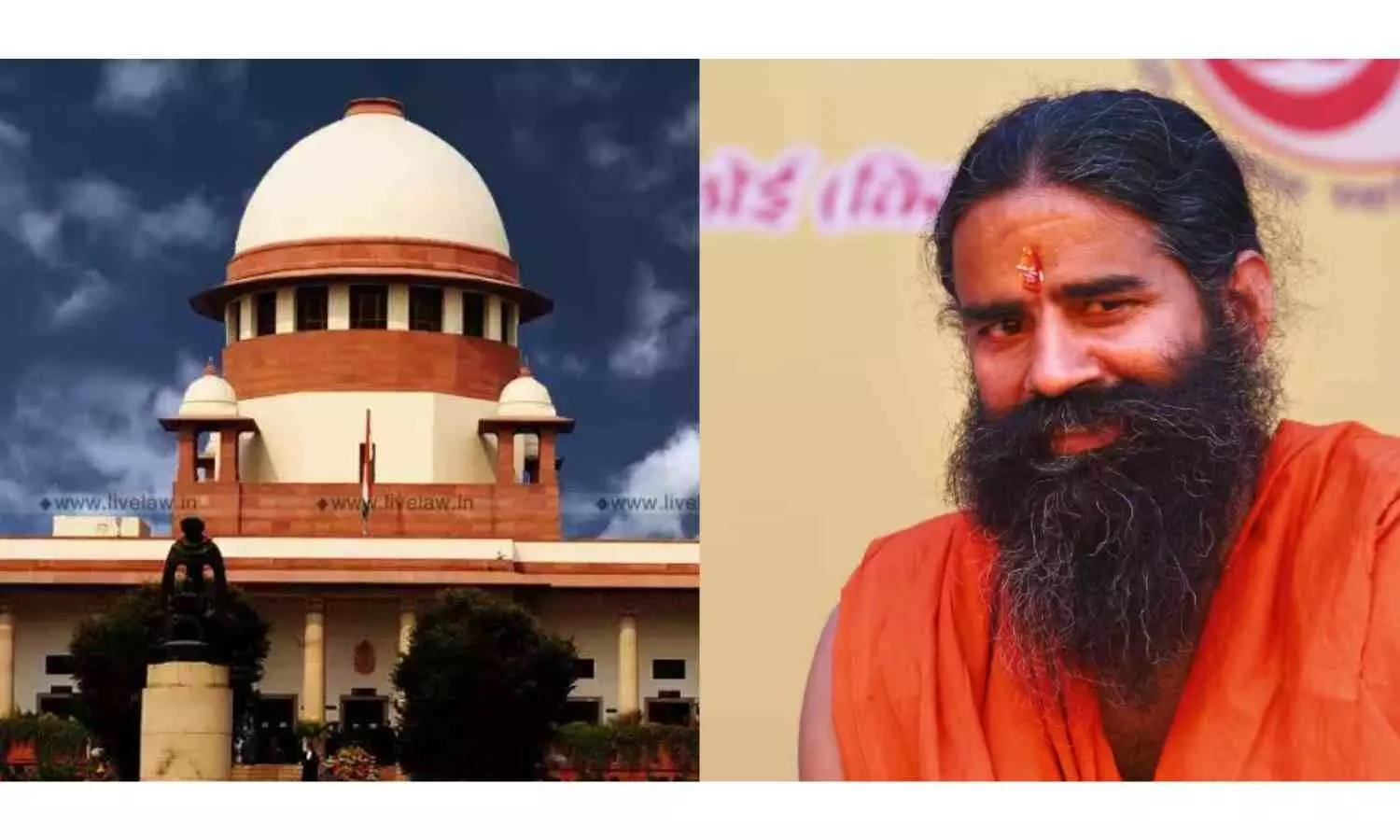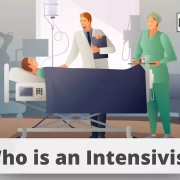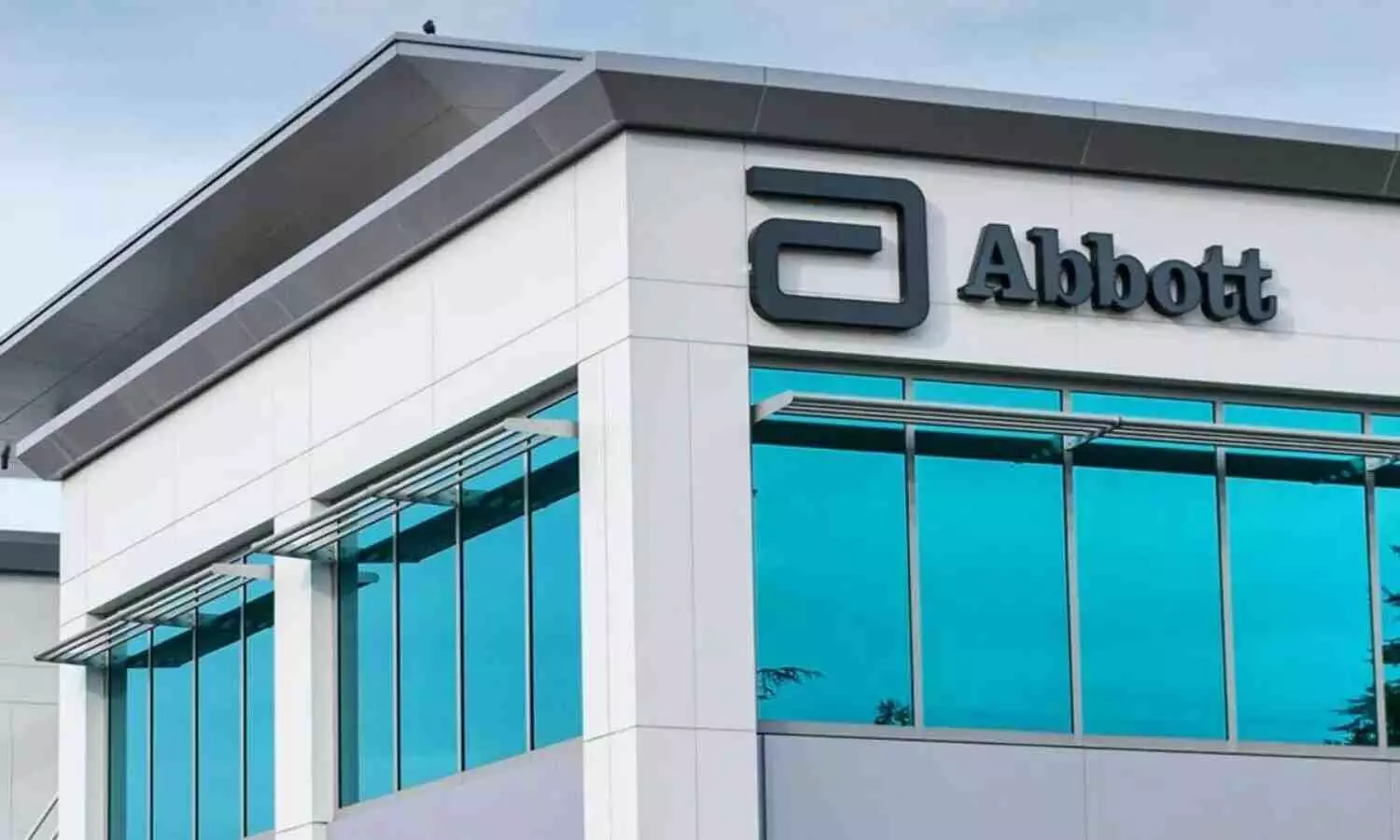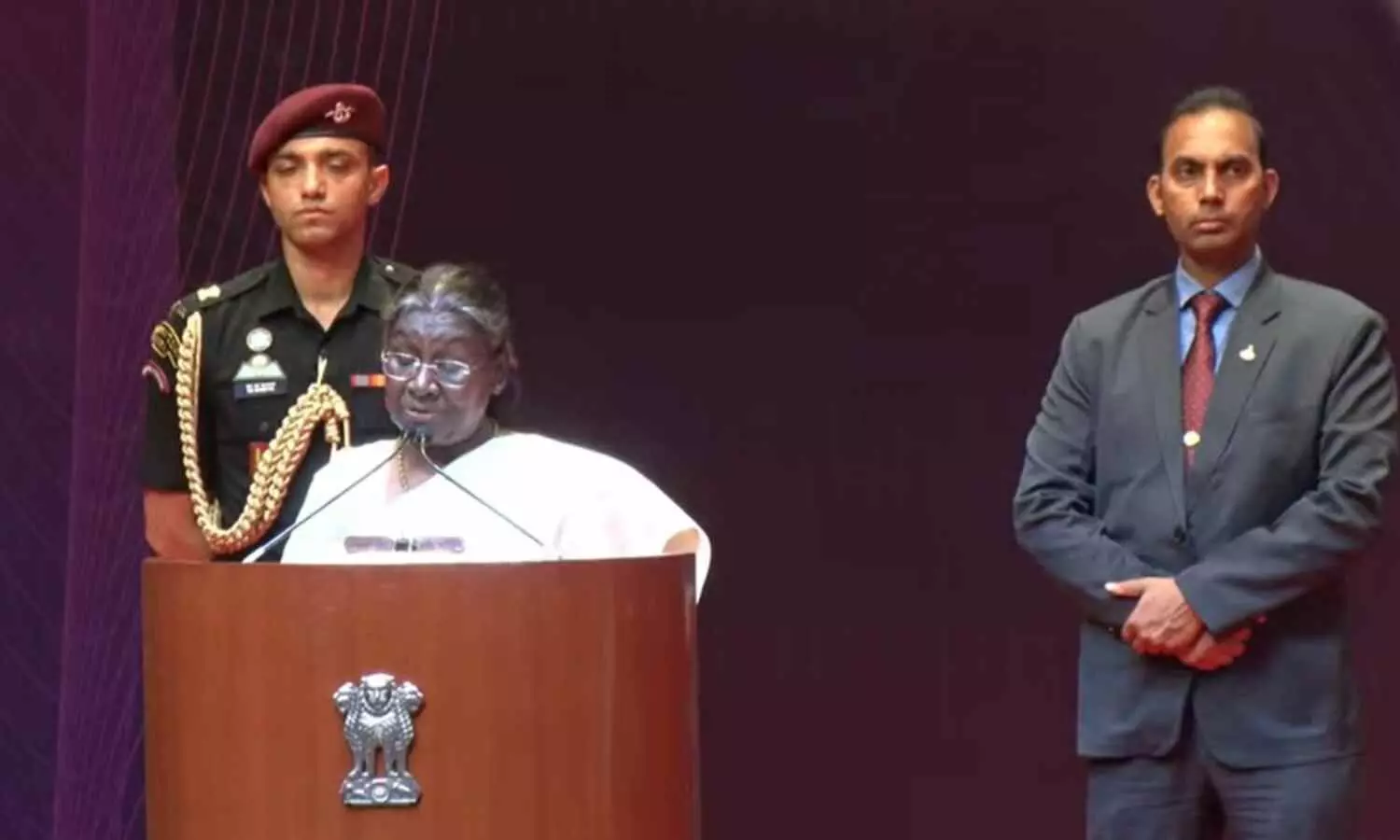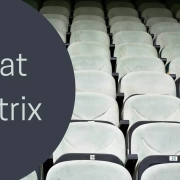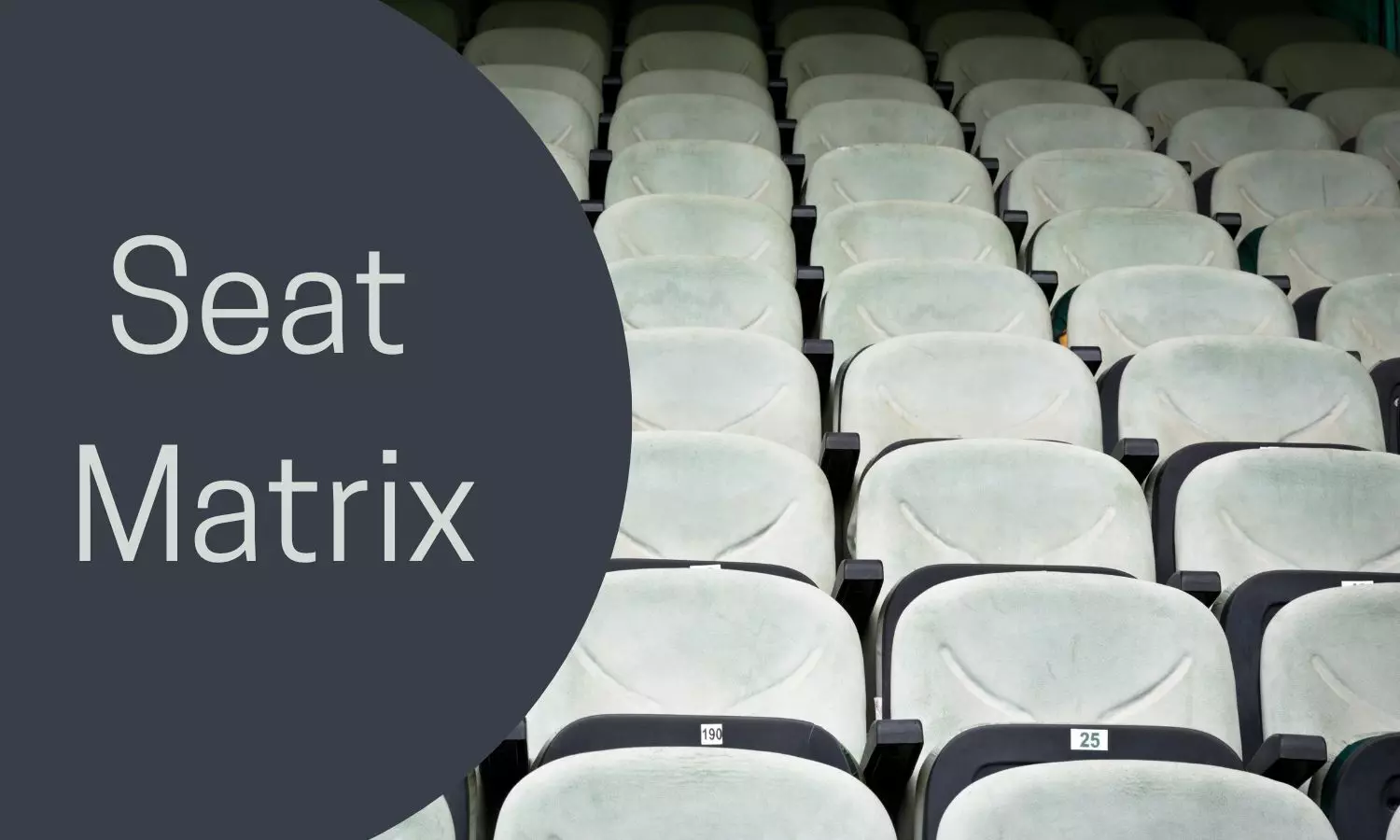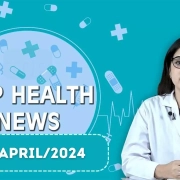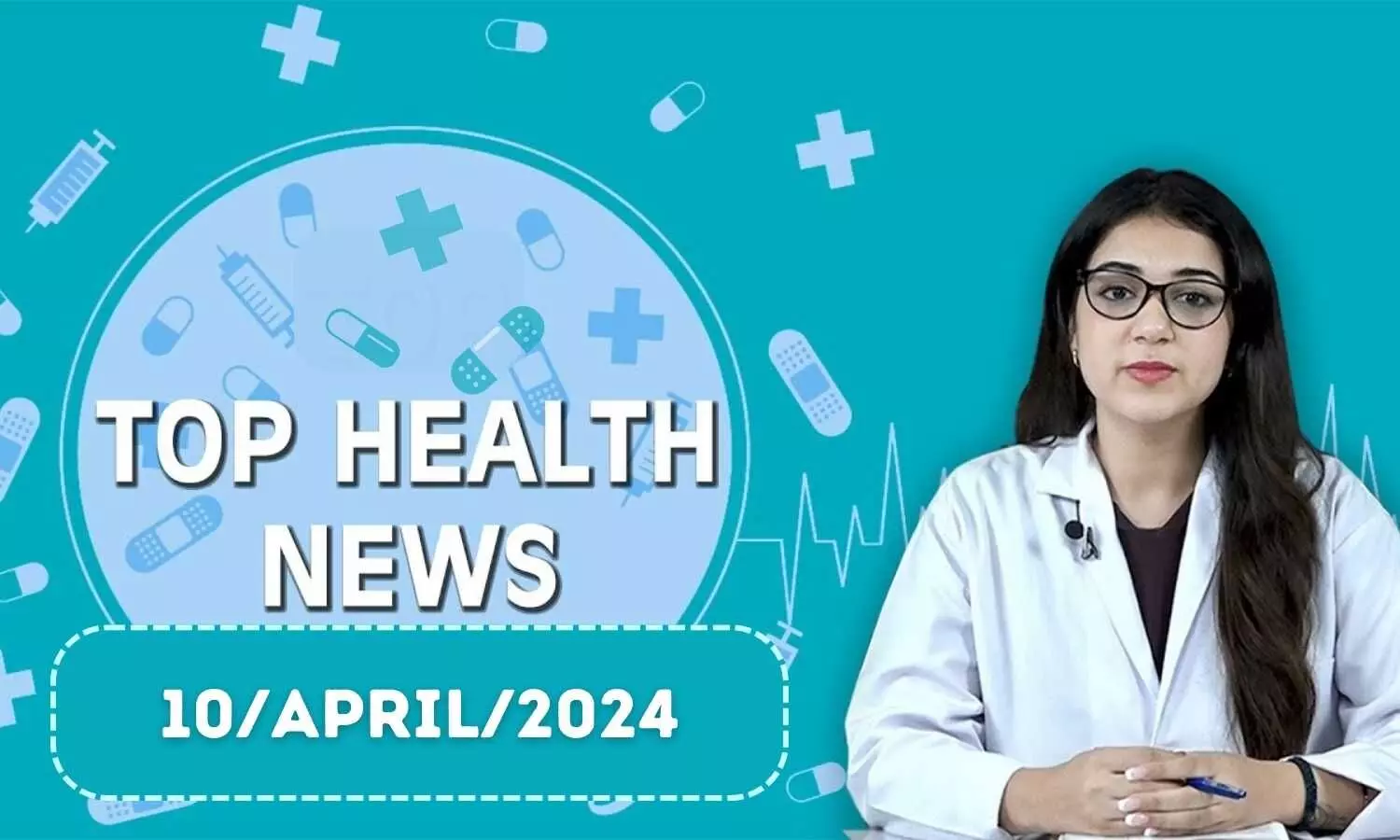
New Delhi: Although the Directorate General of Health Services (DGHS) under the Union Health Ministry recently defended its broader definition of an “Intensivist” citing the scarcity of physician staff with minimum standards of training for critical care delivery, the critical care specialists having NMC recognised degrees are not happy with the explanation.
Raising the issue, a newly formed Forum of Intensivists and Critical Care Specialists (FICCS) agreed that the need for critical care specialists in resource-limited settings is a matter of concern and “possibly DGHS have given a uniform all-inclusive definition of intensivists to match the demand.”
However, the doctors highlighted that the ICU guidelines by DGHS, which defined an “Intensivist”, nowhere mention that these non-recognized intensive care practitioners will only work in resource-limited settings. The guidelines do not also mention any steps to prevent them from working in resource-sufficient settings.
“Rather by keeping all the practitioners in one same bracket allows inadequately trained junior doctor to work as or present themselves as a superspecialist, even at best of the hospitals. This is obviously misinterpretation of qualification. This is surely unethical in terms of patient care and may give a false impression to patient of being in best care when he/she is actually not,” the Forum highlighted.
Speaking to Medical Dialogues in this regard, a member of the Forum and a specialist doctor working as a consultant in critical care said, “We respect this sentiment that we need more people. But at the same time, there are better ways of increasing the workforce by creating more Departments of Critical Care, and creating more jobs. So, there are better ways to deal with the situation rather than opting for shortcuts.”
“Giving this definition to everybody creates confusion in the minds of patients. People practicing critical care understand the core need to distinguish between physicians with proper NMC-recognised training and those who lack that training. True, it is an issue of self-identification. But at the same time, it is ethically important to inform the patients who are treating them and what credentials they have.”
“How can an MBBS with 3 years of experience be equivalent to a doctor, who pursues a Masters, Super Speciality training?” the doctor questioned.
Medical Dialogues has been reporting the debate concerning the definition of the term “Intensivist” as provided in the recently released guidelines for Intensive Care Unit (ICU) Admission and Discharge Criteria.
Apart from recognizing doctors with NMC-recognised super speciality degrees, DGHS had mentioned in the guidelines that a few candidates of the Indian Society of Critical Care Medicine (ISCCM) Certificate Course- Certificate of Training in Critical Care Medicine (CTCCM) who have been certified with a 3-year training programme in the Intensive Care after MBBS are also recognised as Intensivists.
Also Read: New Govt Guidelines Define Who is an Intensivist
Who is an Intensivist as per DGHS?
The DGHS ICU guidelines, compiled by a total number of 24 experts, specified that to be called an “Intensivist”, a specialist needs to have specific training, certification, and experience in managing critically ill patients in an ICU.
As per the guidelines, the Intensivist should have a postgraduate qualification in Internal Medicine, Anaesthesia, Pulmonary Medicine, Emergency Medicine or General Surgery with either of the following:
a) An additional qualification in Intensive Care such as DM Critical Care/Pulmonary Critical Care, DNB/FNB Critical Care (National Board of Examinations), Certificate Courses in Critical Care of the ISCCM (IDCCM and IFCCM), Post-Doctoral Fellowship in critical Care (PDCC/Fellowship) from an NMC recognised University, or equivalent qualifications from abroad such as the American Board Certification, Australian or New Zealand Fellowship (FANZCA or FFICANZCA), UK (CCT dual recognition), or equivalent from Canada
b) At least one year of training in a reputed ICU abroad.
Apart from this, the guidelines clarified that a few candidates of the ISCCM Certificate Course (CTCCM) who have been certified with a 3-year training programme in Intensive Care after MBBS are also recognised as Intensivists. “In addition, persons so qualified or trained must have at least two years’ experience in ICU (at least 50% time spent in the ICU),” stated the Guidelines.
If a doctor does not have either of the above-mentioned qualifications or training, they are required to have extensive experience in Intensive Care in India after MBBS, quantified as at least three years’ experience in the ICU (at least 50% time spent in the ICU).
Doctors Express Concern:
However, the definition of an “Intensivist”, provided by the DGHS, raised concern among the critical care specialists, who previously wrote to the National Medical Commission (NMC) and expressed their grievances and issues over the “misleading” definition of the term prescribed by the Union Health Ministry.
While the doctors expressed their appreciation for the efforts to establish standards for managing critically ill patients in the ICUs, they expressed their concern regarding the inclusion of doctors who completed a three-year training program in the ICU after MBBS without pursuing a recognized speciality course.
Also Read: Who is an intensivist? Doctors demand Apex Medical Regulator to re-evaluate the criteria
DGHS Defends its Guidelines:
Recently, taking cognisance of the concerns among the critical care specialists over the issue, DGHS, in a letter, defended its broad definition of the term “Intensivists”.
Answering the point regarding the definition being different from the NMC nomenclature, DGHS mentioned, “The intention and purpose of the Ministry’s Advisory was to have a definition for ICU physician workforce applicable across the spectrum of settings in the country, not just in the metropolises. The guidelines were framed in compliance with this brief. A crucial resource in an ICU is the trained physician and nursing staff. This document also acknowledges the scarcity of physician staff with minimum standards of training for critical care delivery. The definition of an “intensivist” here is therefore a broad one, describing those who are eligible to work in an ICU.”
Mentioning that “Uniform” standards across both resource-sufficient and resource-limited settings are “scarcely possible”, DGHS offered a “feasible” solution of accommodating the latter settings, with specified minimum standards for the physician workforce in the ICU.
“This would go a long way in preventing ICUs being manned by physicians with no prior exposure in critical care or those having only AYUSH training with or without any “bridging courses” defined by the NMC. In fact, this is a progressive step forward as envisioned by the MoHFW and shared by the team of expert intensive care specialists of repute from both public and private sectors. Intensive care demands 24×7 team work. Its quality depends on having adequacy of trained physician, nursing and paramedical workforce,” DGHS mentioned in the letter.
“Although the superspecialist courses have been established recently, the need of a large body of trained physician workforce across the country cannot be met at present if we define the “intensivist” narrowly to include only those with superspecialty training. In fact, the initial workforce was through less formal courses conducted by the ISCCM since 2002. As such, a sizeable workforce with these certificate courses already exists whose value was evident during the COVID pandemic,” it further added.
DGHS, operative under the Union Health Ministry, referred to the rapid evolution of the speciality through the initiatives by intensivists themselves and added that “this is expected to grow as we continually improve critical care delivery.”
However, DGHS clarified that the super-speciality definition requiring postgraduate qualifications and experience remains as before and further added that the specialists of this description would lead the chain of command amongst the physician team in the ICU. Those not meeting those qualifications would function as non-specialist intensivists lower in the chain of command, clarified DGHS. It further added that this additional clarification may be added to the existing definition in the Advisory to allay the fears raised regarding possible dilution of the superspecialty qualifications.
“The new entrants would be encouraged by the clear guidelines from the MoHFW, the increasing access to superspecialty training and at the same time having sufficient physician workforce on the ground. Indeed, this is what is envisioned by the technical resource group that worked on the document,” stated the DGHS.
Clarifying that the purpose and value of the guidelines must not be misinterpreted, it further added that the brief by the MoHFW was clearly to “ensure that minimum standards are met in any location and resource utilisation is optimal. All this is in the best interests of the patients, their families and the society as a whole.”
Representation by FICCS:
However, the critical care specialists are not happy with the explanation given by the DGHS, and recently they took up the matter with authorities including the DGHS, Union Health Secretary, and the National Medical Commission (NMC).
Although the Forum of Intensivists and Critical Care Specialists (FICCS) thanked the authorities for formulating the guidelines, it expressed its reservations regarding the definition of the Intensivist or Critical Care Specialists as provided in the guidelines.
The Forum opined that the document on ICU admission and discharge criteria should have been restricted to the sole purpose of ICU Admission and Discharge Criteria and the authorities should have left the job of defining an “Intensivist” to the National Medical Commission (NMC).
“…only doctors with NMC recognised degree can claim to be Specialist or Superspecialist. Issuing a new definition will lead to confusion regarding specialist among Care givers and society and it can be misused by nonrecognised practitioners,” FICCS mentioned.
The Forum on the one hand referred to the 2-year recognised Fellowship in National Board (FNB) Course since 2001 offered by the National Board of Examinations and also 400+ DrNB/DM seats every year in Critical Care Medicine; on the other, it also pointed out that there is now a trend of super speciality DM/DrNB seats not being picked up by candidates aspiring to practice critical care.
Highlighting that such candidates are opting for and preferring shorter duration courses (not recognized by NMC) offered by the various societies/universities, as they would equally be considered as a superspecialist by virtue of this new definition, the Forum added, “This is surely a threat to quality and standardization of protocol-based practice which is an essence is medical science.”
“It is equally important to register that critical care has been recognized as a super speciality branch with well-organized curriculum by NMC and no other training either at some private institution or under some private body can match the standards required to work as Intensivists and handle critically ill patients,” it added.
Referring to the stand of DGHS to offer an all-inclusive definition of intensivists to match the demand of critical care specialists in resource-limited settings, the Forum pointed out that the guidelines do not mention that these non-recognized intensive care practitioners will only work in resource-limited settings. Further, there is no mention in the guidelines about any steps to prevent them from working in resource-sufficient settings.
“Rather by keeping all the practitioners in one same bracket allows inadequately trained junior doctor to work as or present themselves as a superspecialist, even at best of the hospitals. This is obviously misinterpretation of qualification. This is surely unethical in terms of patient care and may give a false impression to patient of being in best care when he/she is actually not. In personal communications, DGHS have backed their step as a mean to stop AYUSH doctors from practicing Critical Care. We consider this as irrational explanation as AYUSH doctors are not allowed to practice any super-speciality branch in any ways. The authorities must take some stringent measure to stop this rather than create another bunch of inadequately trained physicians practicing any super-speciality branch including critical care,” added the Forum.
While the Forum acknowledged the contribution of doctors with ISCCM certificate courses in the ICUs during COVID pandemic, it opined that such efforts don’t warrant inadequacy in medical training during normal times.
Highlighting the importance of proper medical care, the Forum mentioned in its letter that Critical Care is one of the most crucial lifesaving medical specialities that handles the most critical patients. Therefore, finding shortcuts to such super specialities is not a step of intelligence in terms of medical science and patients as well, opined the Forum.
Supporting DGHS’s stand of keeping a well-defined stratification and differentiation between a Specialist and Non-Specialist on the basis of NMC-recognised degrees, the Forum highlighted that the NMC-recognized courses adhere to specific curriculum standards set by the regulator, covering essential topics and skills required.
“In contrast, casually trained junior doctors may have received ad-hoc training without consistent adherence to standardized curriculum guidelines. Also, NMC recognized courses typically include structured clinical training components, ensuring that students gain hands-on experience under supervision in various healthcare settings. Casually trained junior doctors may have acquired clinical experience through less formal avenues, potentially leading to variations in the quality and breadth of their training. Thus, in no way a NMC recognized superspecialist can be kept at same platform as a physician with experience in respective field,” added the Forum.
“Even ISCCM Guidelines quoted by experts was published in 2020 which also recommended at least 10 years of experience after Post graduation to Be termed as a Critical Care Specialist but they selectively ignored this statement and quoted old document published in 2013 to justify this irrational definition,” it further mentioned.
The Forum further highlighted that such “shortcut courses” are no solutions to the rising need for critical care physicians and opined that such courses are just means of substandard and non-uniform medical practice.
Pointing out that critical care as a super speciality branch is recognized all across the world the Forum highlighted that globally the training duration of any recognized critical care specialist is no less than 5 years after completion of MBBS. “So by promoting these shortcut courses, we are not doing justice to our patients in any ways…” it added.
FICCS emphasized that it does not intend to question anyone practising critical care, but only to emphasize on the quality of patient care and an ethical medical practice.
“Surely there is a need of physicians practising critical care at junior level or workforce but then there should be a strict measure to maintain the hierarchy and also a clear-cut difference in recognition of NMC recognized courses and other certificate courses. These two categories cannot be clubbed together and share same recognition in the general society,” it mentioned.
The Forum urged the Health Ministry and DGHS authorities to consult with NMC regarding the matter, consider the facts and find an appropriate solution by rectifying the definition of “Intensivist” and assigning some other term to physicians (without NMC-recognized courses) practising critical care.
Also Read: Doctors upset with Intensivist defination provided by DGHS, urges NMC to intervene




